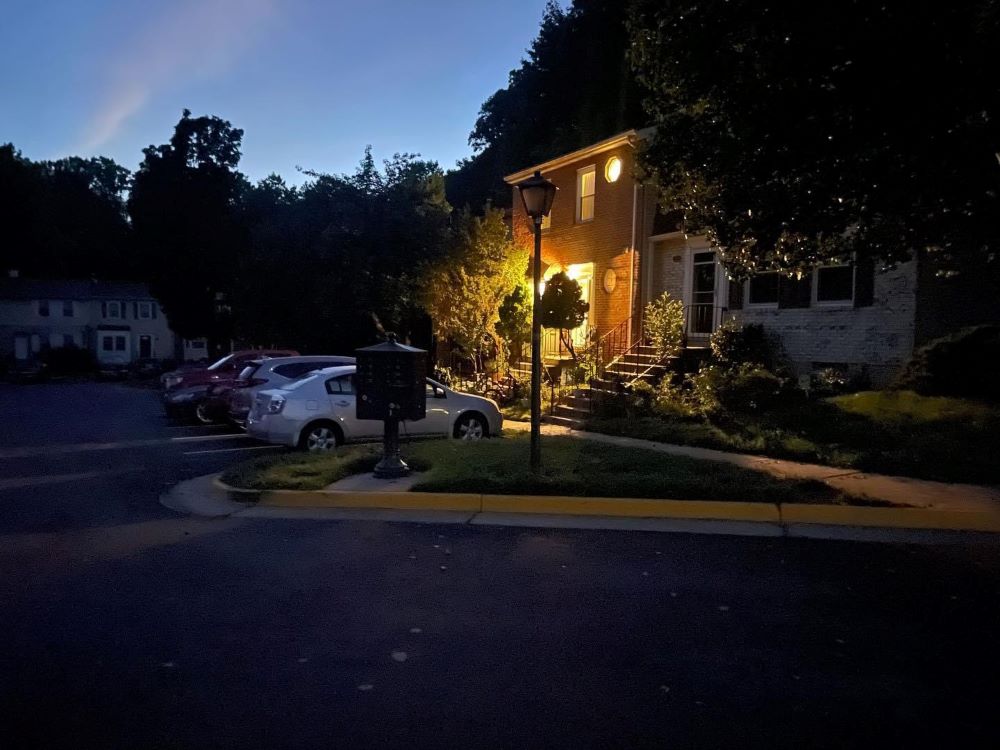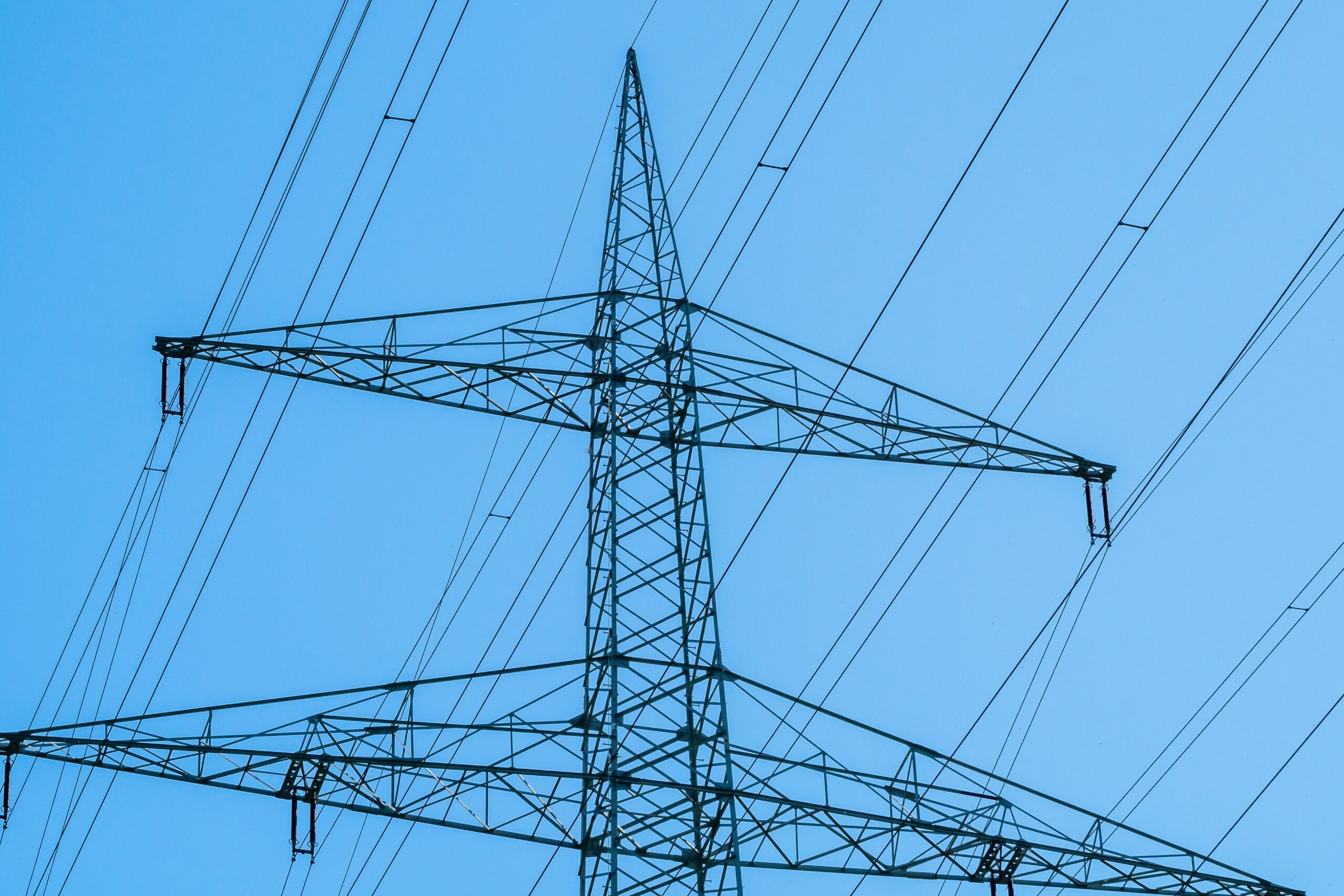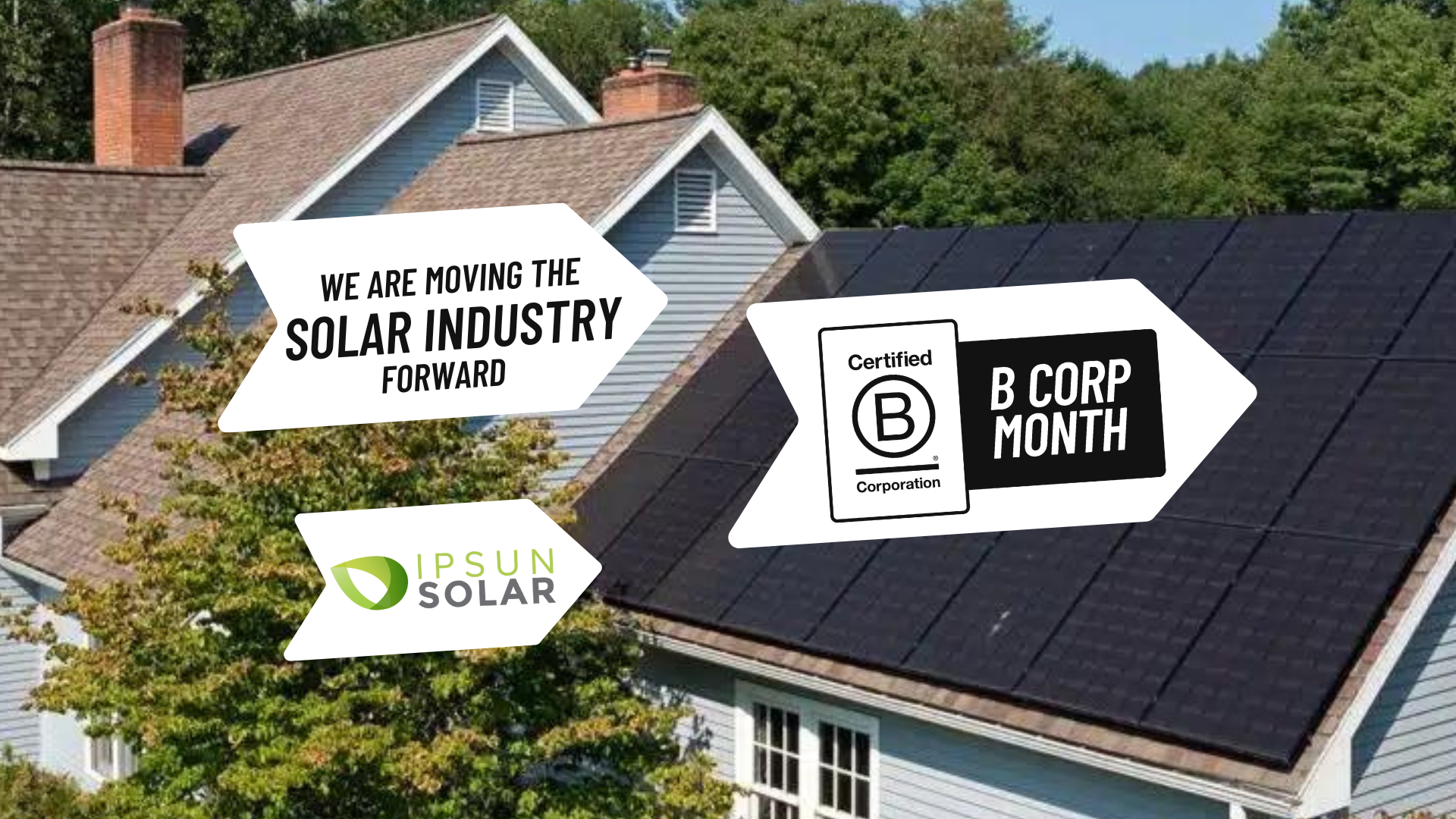The introduction of the Enphase bidirectional EV charger has brought new excitement about the potential for using your car’s battery to power your home. Wondering what bidirectional charging actually does, and whether it’s something you should consider in the near future? Read on to learn everything you need to know about bidirectional charging for homeowners!
First, what exactly is bidirectional charging, and what can it do?
A typical EV charger only sends electricity in one direction: from your home to your car. This means that even if you have solar panels, but don’t have a battery, your car is still running partially on fossil fuels because its electricity is coming partly from the grid.

With a bidirectional charger, the energy can flow both ways. You can use your car’s battery to store your solar energy, which means you can charge your car directly from your solar, but you can also send that stored energy the other way— back to your home for use in your electric appliances and machines, or back to the grid.

What does it mean if an EV is V2H, V2G, or V2L?
Vehicle-to-Home
Sending power back to your home is known as Vehicle-to-Home, or V2H. The obvious advantage of V2H is the ability to use your car’s stored energy in a power outage. Blackouts and brownouts are becoming more frequent, and stronger storms are causing the grid to go down more often. Having a source of energy storage to power your home during these times is truly a matter of safety and security that is becoming a necessity for homeowners. You can pair your system with a battery for extra resilience, but you can also use just the car to power your critical electrical loads. This saves money and gives you peace of mind.
Another great advantage of V2H is the ability to use only solar power to fuel your car. Enphase’s bidirectional charger has a setting that helps you ensure your car runs on the sun rather than dirty fossil fuels.
How much power can I realistically store in my EV and what are the logistics involved with using it to power my home?
Electric car battery capacity is measured in kilowatt-hours (kWh). The average electric vehicle has a battery capacity of around 40 kWh, but it varies greatly between different car models and can be anything from around 20 kWh to 100 kWh.
Compare this to a home battery, most of which range from 3 kWh to 13 kWh. This isn’t necessarily a one-to-one comparison, since the car battery has dual use and may not always be fully charged. But in general, the amount of time an EV battery will power your home in an outage depends on your energy usage but also is exponentially longer than a typical home battery.
We forsee most bidirectional chargers coming with an associated app that will help homeowners plan ahead and make sure they can use their car battery in the most efficient way possible. For example, the apps for SPAN smart panels and Franklin Whole Home batteries are connected to the National Weather Service and change how your home battery is being charged if there is a severe storm warning. Bidirectional chargers will surely have similar capability to help you ensure your EV battery is used to its maximum capacity.
Additionally, since you may need to drive your car during a power outage, we recommend a home battery to supplement your system, allowing your stored energy to be accessible at all times.
Vehicle-to-Grid
Beyond V2H, bidirectional charging also allows you to send power back to the grid. This is known as Vehicle-to-Grid, or V2G. If you’ve read about the race to electrify the nation’s school bus fleet (the largest mass transit system in our country), then you may have heard about V2G. V2G capability is currently only available for larger commercial and government fleets (like school buses), but will soon be a reality for personal EVs. Energy companies are popping up to accommodate this new capability for our cars to send energy back to the grid. These energy aggregators will act as a broker for your extra energy and allow you to sell your power to the utility or grid operator for a profit.
Vehicle-to-Load
You may also see EVs that tout V2L capability. This stands for Vehicle-to-Load, and it simply means you can use the car’s battery to power your devices via an outlet inside the car. This is helpful for field workers, or on job sites, or for car camping… but because it can’t discharge energy back into our home or onto the grid, it is not, in our mind, much more than a fun party trick. Please don’t get excited by an EV that says it is bidirectional, only to find out that it just means you can plug in your kegerator at the next tailgate (although we’re not saying we wouldn’t love that!).
Time-of-Use and Bidirectional Charging: Best Friends Forever
In addition to all the advantages listed above, bidirectional charging makes time-of-use rates from the utility so much easier. You see, utilities are realizing that they can protect their fragile grid infrastructure if they incentivize us to use energy at off times, and bidirectional charging makes this simpler and more affordable for homeowners.
In fact, California is currently considering a law requiring bidirectional charging by 2027 to protect grid infrastructure and encourage grid smoothing. That’s because the grid often gets overloaded during peak demand times when everyone uses the most energy, and in California this is causing rolling blackouts and power outages regularly.
Think about how much energy we are all pulling from the grid from say, 7am – 9am, when we turn up the heat or a/c, brew our morning coffee, use the electric hot water heater & hair dryer. Then in the evening from about 5pm – 8pm, we’re all cooking, doing laundry, charging our car, and blasting the a/c (just me?).
Time-of-use electricity rates incentivize you to use heavy electrical loads at off-peak times. Using a battery to assist with this makes the exercise much easier because it can be programmed to discharge your own solar energy at peak times, and if you need grid energy you can buy it at the cheaper off-peak rate. The bidirectional charger can be programmed to work with time-of-use and ensure we’re not using grid power at the most expensive time of day.
In our area, some of our utilities have time-of-use programs and some are experimenting with them. They can be a hassle if you aren’t vigilant about your energy use. Eventually, a bidirectional charger will allow you to program your system to discharge energy from the car’s battery to your home at a time when rates are the highest, and then if needed, charge it back up when they’re low. That’s a win-win for the grid and for our wallets.
When will this technology be ready to go?
Enphase says their bidirectional charger will be ready to install in 2024 — we can’t wait! It remains to be seen exactly how this will work with specific vehicle models, but Enphase says they will offer the entire system, including the ability to sell your power back to the grid, integrated into their app.
The Ford Charge System Pro charger is currently available only for the Ford F-150 Lightning, and only with a very specific proprietary system. We’re looking forward to the next few years when this technology takes off and manufacturers are offering various options that provide choice and flexibility.
The other issue is how quickly car manufacturers can adapt. It’s great to have a bidirectional charger, but if you can’t get a car to plug into it, then not so great.
Which EVs have bidirectional capability?
Currently, the only EVs that have V2H capability are the Ford F-150 Lightning and the Nissan Leaf, and both of these require specific proprietary systems. The only car that can do V2G is the Nissan Leaf, and again this capability is currently limited to fleet vehicles and only works with a proprietary charger from Fermata Energy.
Changes also need to be made to electrical codes (Enphase is participating in that code adaptation) and to the cars’ charging ports to make V2H and V2G a mainstream possibility for homeowners.
Many EV manufacturers are actively working to adopt vehicle-to-everything (V2X) capability, which integrates all of the bidirectional charging types outlined above. Hyundai is running two pilot programs in Europe to test V2G charging software on modified versions of the Ioniq 5; luxury EV manufacturer Lucid says it will soon offer bidirectional charging for the Lucid Air; in 2021, Volkswagen promised to add bidirectional charging to all ID models equipped with a 77-kWh battery; and last year, Automotive News reported Ford, GM and Lucid joined the Department of Energy’s coalition as part of an effort to design a plan for widespread V2X infrastructure.
Why is bidirectional charging important?
Bidirectional charging is a favorite topic here at Ipsun because its introduction to the mainstream represents a tipping point in the energy transition. If we want to survive as a species we must stop burning fossil fuels, and we must find a way to manage renewable energy in a way that doesn’t break the system we currently have to distribute our power: the electrical grid.
Bidirectional charging creates a world where energy storage is affordable and widely available for everyone. It also sets up a situation that democratizes the use and creation of energy, allowing us all to play a part in producing the electricity our neighborhood or city needs, and controlling the flow of that energy so we all can participate in the process of grid modernization and protection.
Want to learn more?
Give us a call at 571-350-0166 or click below to get in touch! We love nerding out about grid modernization with you!





